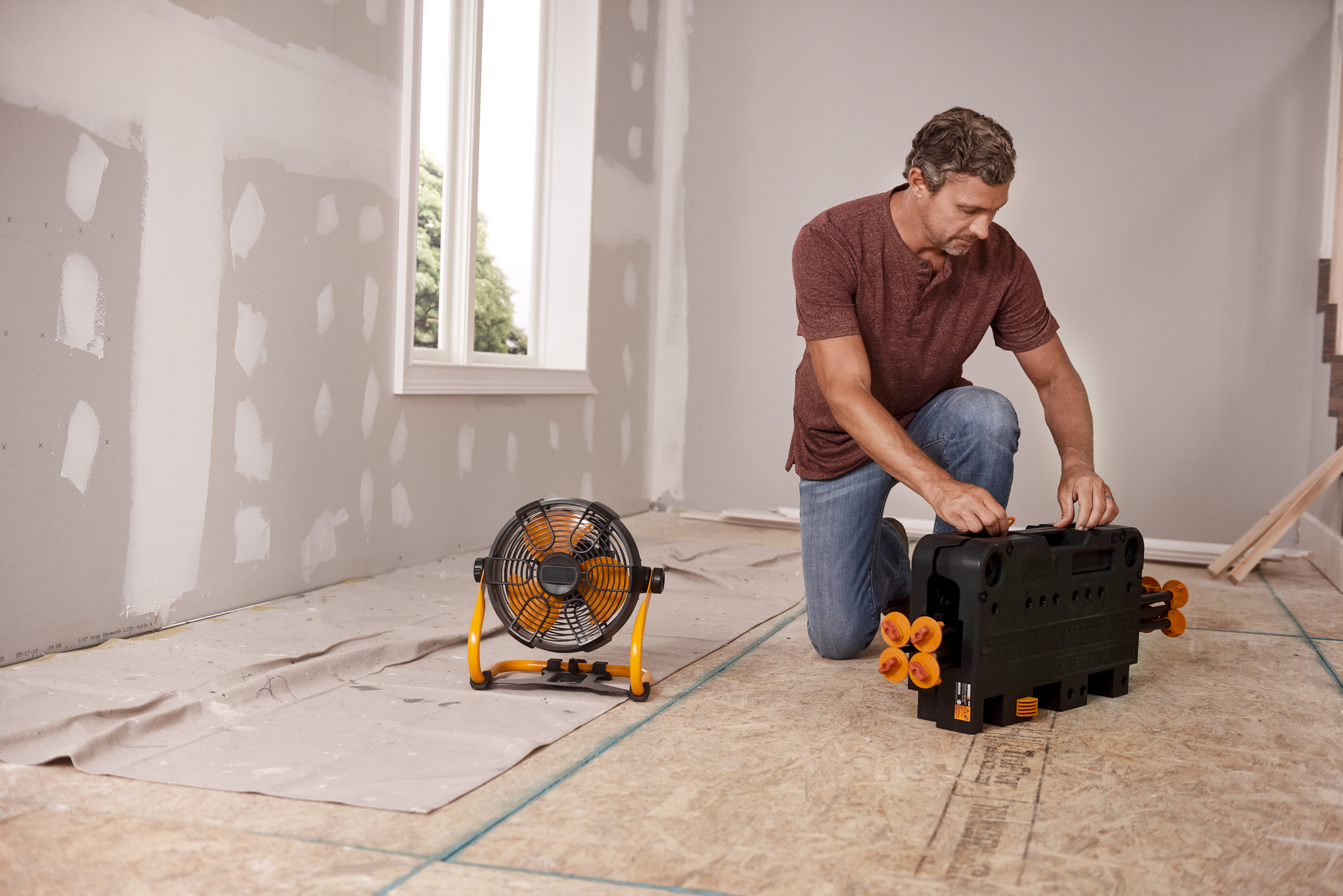What to Avoid When Laying Floor Tiles
Laying tile can do a lot to enhance the look of a room. Tiling a floor is also a great DIY project because it is something almost any person can do. As long as you have the patience and an eye for detail, a DIY tile floor project can have a major impact and it can be done affordably.
While this is a project you should be able to do on your own, you will need to learn how to tile a floor. Along with that, there are several common mistakes you should look to avoid when laying floor tiles. Read on to learn about what you want to avoid on your floor tiling project. The top things you will want to avoid when learning how to tile a floor include poor grout preparation, laying grout on a dirty surface, cracking tiles, using the improper tools, and forgetting to prepare the floor.
Poor Grout Preparation
Grout preparation is one of the most important steps for laying a tile floor. Take the time to learn how to mix grout and make sure you do it right. Additionally, you want to let the grout sit for about ten minutes before you start laying floor tiles. If you get the grout wrong, the tile floor won’t look good and likely will not hold up well over time.
Removing Grout the Hard Way
You will need to remove the old tiles and grout if you plan on tiling a floor that already has tiles. If you want to save the old tiles for a future project, you’ll have to remove the old grout before you start prying them up. With the right grout removal tool, you could do this job in less time and with less effort. For the best results, we recommend using an oscillating multi-tool with a carbide grit blade.
Surface Preparation for Laying Tile
The first step to learning how to tile a wall is to make sure the surface is clean before you start. If the surface is dirty or greasy, the adhesive won’t stick to the wall as well as it should. This could result in loose tiles that may fall off during the tiling process. Cleaning the wall might add time to the project, but it could save you from having to redo the work in the future.
Cracking the Tiles
The cost of cracked tiles can add up when you are learning how to lay tile. A diamond wet saw is the best tool for cutting your DIY floor tiles, but you still need to be careful when making your cuts. Make sure your lines are accurate, don’t force the tile when cutting, and apply even pressure as you slowly push the tile past the blade.
If you don’t have a lot of cuts and don’t want to spend money renting a diamond wet saw, there are other tools you could use to cut tile. There are circular saws that can work for cutting tile. With the right blade, the BladeRunner Portable Table Top Saw can also be used to cut tiles with precision.
Laying the Tiles Out Wrong
Laying tile diagonally can offer a nice look, but it will require a little more planning. When it comes to how to lay tiles diagonally, you will need to mark out a centerline to work from and align the corners of the tiles with the line as you build a pyramid shape out of the tiles. From there, you can use each completed row to center the next row, but you will want to use a straightedge to check the sides of your DIY tile floor occasionally.
Using the Wrong Trowel for Floor Tiling
The thin-set will need to be deeper for larger tiles, so you will need to pick your trowel depending on the size of the tiles. If the tiles are bigger than 16”, you should try to go for a 3/4” trowel. Additionally, you will also want to make sure you are using thin-set that is designed for larger tiles. When shopping for thin-set, look for bags that are marked “large format” or “large tile” on the label.
The Wrong Underlayment
The underlayment is the support material for laying tile. If it isn’t installed correctly, it could increase the risk of tiles cracking in the future. If the underlayment is not suitable, you can install cement board to build it up and improve the stability.
No Backer Board
You will need to install a backer board if the tile is in an area where it will get wet. The backer board will help to keep everything firm and it will also prevent water from seeping through. However, there are different types of backer board, so you need to make sure to pick the right one for the application.
Laying floor tiles isn’t the toughest DIY project, but small mistakes and cause big problems. As long as you take your time and avoid the mistakes we mentioned here, your DIY tile floor will look great and last a long time.
Find the proper tools for laying tile at WORX!

